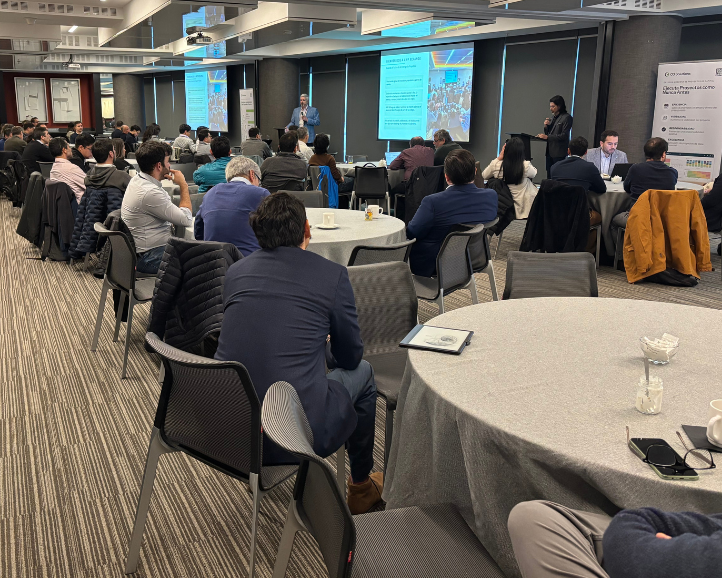“You get what you inspect, not what you expect” – A very simple but very valuable concept, particularly in modern construction projects.
My recent blog post talked about the Owner’s Need To Own AWP. Owning Advanced Work Packaging, however, isn’t enough. Owners also need to set the expectations for performance, in the same way they would for safety statistics, cost, and schedule.
AWP, by its nature, covers a vast array of stakeholders on a project. Each of these will have their own respective role to play in the success of the program. But it is not just a question of saying “We’re going to do AWP” and hoping everyone fully understands and gets on board. The Owner needs to make specific, clear, and achievable demands of everyone. Then (and here’s the important part) they need to measure the results to check to see if those goals are being met.
First, let’s talk about setting the goals. A few things to bear in mind here:
- Make sure that the goals you set can be measured. If you don’t have the data to support it, you can’t measure it.
- Set goals that are appropriate to the project, the scope, and the contractor. (There is no point setting construction goals for engineering, or setting WorkFace Planning goals if you aren’t using Installation Work Packages or IWPs).
- Ensure that the goals are realistic. Nothing will kill the enthusiasm for AWP faster than impossible targets.
The goals you set up can target two key areas of AWP – Adoption and Benefits. With Adoption, you want to check that AWP is actually being properly rolled out and used on the project, rather than just being paid lip service. With Benefits, you can measure the results of AWP on your project performance overall, to show it was worth doing.
Goals will change by project stage. In the earliest phases of a project, your Key Performance Indicators (KPIs) should focus on the adoption of AWP principles, like Path of Construction. These can be very simple metrics, in a Yes/No format, linked to your project AWP deliverables (e.g. Have we done our first pass Path of Construction before the end of Select/FEL2?). Those can be used to create a project scorecard to assess the health of AWP on the project before the main Engineering and Construction Contractors even join the team.
Once you get deeper into Engineering, most of the goals become focused on the eventual deliverables. Here, you are looking to hold the engineering contractor accountable for their performance.
- Are they delivering the agreed Engineering Work Packages (EWPs) on time?
- Are they delivering them in the agreed sequence?
- Are the EWPs complete, or do they have holds?
It’s always a good idea to discuss the KPIs you plan to use with the Engineering Contractor, so they know what they are being measured on. For each KPI, select a target. For example, are you expecting that 100% of your EWPs are issued without holds, or is there an agreed percentage that can be issued with minor holds, to support your schedule? These will be project-level decisions.
For materials, the primary focus is getting everything to site (or final destination) on time. So, look for things like:
- Are purchase orders being completed on time?
- Is the long lead equipment being ordered early enough to support the schedule?
- Are CWPs or IWPs being held up because of late material delivery?
Once you get into the construction phase, the KPIs should target aspects of WorkFace Planning (WFP). Many Construction Contractors say that they do WFP, but don’t execute it to Owner standards or the CII best practices. So you can measure things like:
- Backlog – how much work in hand does the contractor have?
- What are the average hours per IWP?
- What is the average duration an IWP stays “In Progress”?
Again, for these KPIs, meet with the Construction Contractor and discuss what will be tracked and what the target values are.
Lastly, once you have mastered the application of KPIs on your initial pilot project, put them directly into your contracts. This way, your Contractors will know ahead of time what your expectations are and how you are planning to measure them.
O3’s purpose-built AWP platform can track all the various data inputs you need in order to capture and report on your KPIs throughout all phases of your project, ensuring that you have immediate and up-to-date status of your AWP implementation.
For more details on the application of AWP KPIs, and for specific examples with methods of calculation, check out our webinar on the topic.
You can also review the AWP Maturity Level Benefits Tool, published by CII’s Performance and Benchmarking Subcommittee, which includes a comprehensive list of AWP KPIs for measuring adoption and benefits.




